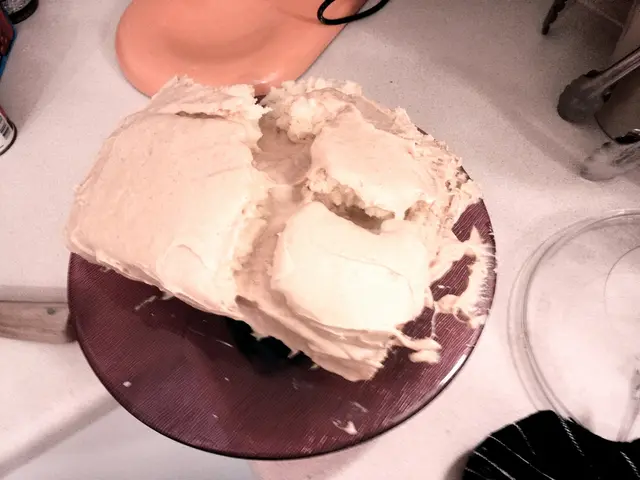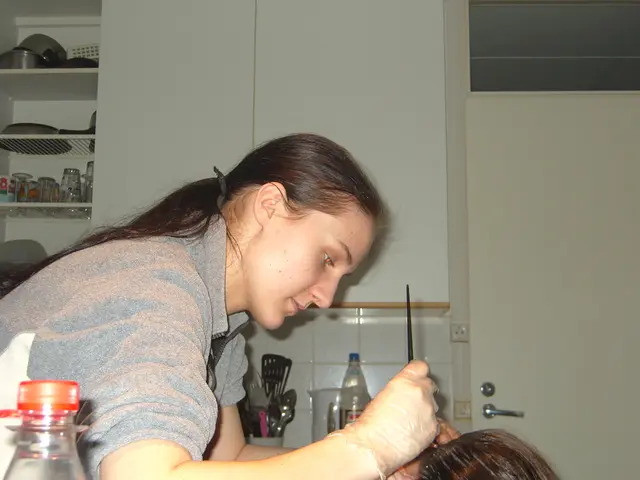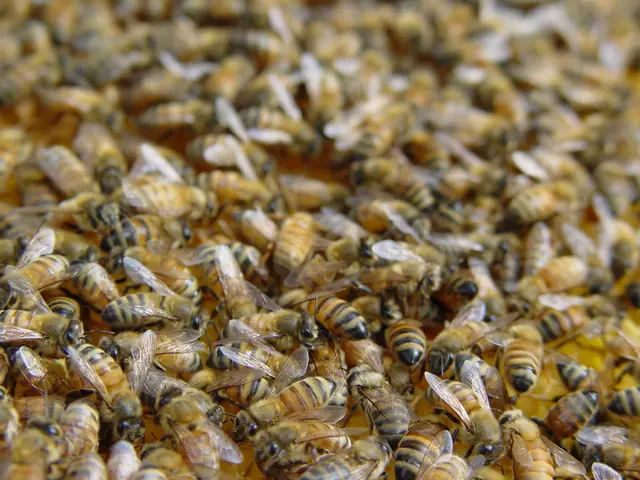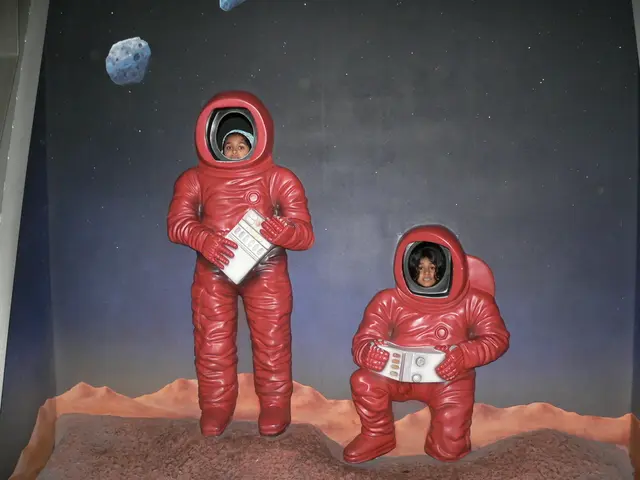Severe Rosacea Eruption: Causes, Symptoms, and Remedies
Rosacea fulminans, a rare, inflammatory skin condition, presents suddenly and predominantly affects the central facial areas such as the chin, cheeks, and nose. Characterized by swollen, painful nodules and pimples, this condition diverges from standard rosacea or acne due to its extreme severity and rapid onset.
Known as pyoderma faciale, this affliction primarily affects females of childbearing age, although the precise cause remains elusive. One 2020 review theorizes a link to inflammatory bowel disease and pregnancy, while another 2021 literature review suggests potential dietary triggers for rosacea that may also apply to rosacea fulminans, although this correlation is not definitive.
Potential triggers for rosacea fulminans may include emotional stress, hormonal fluctuations, certain medications, dietary factors, and specific foods like spicy dishes, alcohol, tomatoes, citrus fruits, and aged cheese. Yet, it is essential to note that the impact of these factors can vary considerably among individuals.
Successful treatment often incorporates corticosteroids and isotretinoin (Accutane). Additionally, stress management and diet modification can aid in symptom control for some patients. A 2016 case study underscores the benefits of antibiotics, corticosteroids, and lifestyle changes in resolving symptoms.
The onset of severe, localized skin color changes like redness, swelling, and inflammation are common symptoms. Some individuals may also experience stinging, burning, eye irritation, and light sensitivity. Rare systemic symptoms include fever and fatigue.
Consulting a healthcare provider is prudent if one experiences symptoms beyond standard rosacea or acne, sudden onset of symptoms, persistent or worsening symptoms despite medication, ocular symptoms, or systemic symptoms. Prompt intervention can expedite symptom resolution, minimize complications like scarring and infections, and provide emotional support for overall quality of life improvement.
- Despite the connection being not definitive, some research suggests potential dietary triggers for rosacea fulminans might align with those for standard rosacea.
- This 2016 case study emphasizes the benefits of antibiotics, corticosteroids, and lifestyle changes in resolving symptoms of rosacea fulminans.
- Consulting a dermatologist is essential if onenotices symptoms beyond standard rosacea or acne, sudden onset of symptoms, persistent or worsening symptoms, ocular symptoms, or systemic symptoms related to rosacea fulminans.
- In the field of medical-conditions, rosacea fulminans is recognized as a chronic-disease of the skin, characterized by swollen, painful nodules and pimples, impacting health-and-wellness by affecting the central facial areas such as the chin, cheeks, and nose.








